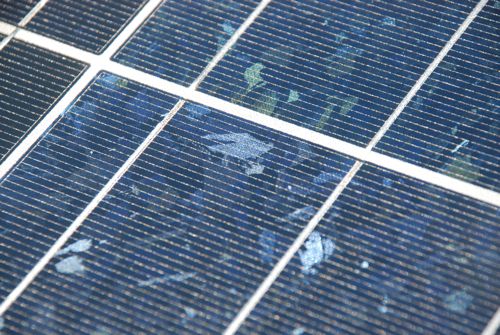 What? Don’t know what bunkty means? Now you know how I feel about the word “sustainable.” My paper towels separate into smaller segments than they once did. It’s sustainable! These potato chips arrive in a box that says SUSTAINABLE in big letters on the side. I’m eating green! When I’m in a hotel, I hang the towel back up rather than throw it on the floor (would I ever do this anyway?) and the placard says I’m being sustainable. Can it be that easy? I claim that not one among our host of 7 billion really knows what our world would look like if we lived in a truly sustainable fashion. Let’s try to come to terms with what it might mean.
What? Don’t know what bunkty means? Now you know how I feel about the word “sustainable.” My paper towels separate into smaller segments than they once did. It’s sustainable! These potato chips arrive in a box that says SUSTAINABLE in big letters on the side. I’m eating green! When I’m in a hotel, I hang the towel back up rather than throw it on the floor (would I ever do this anyway?) and the placard says I’m being sustainable. Can it be that easy? I claim that not one among our host of 7 billion really knows what our world would look like if we lived in a truly sustainable fashion. Let’s try to come to terms with what it might mean.
I think most would agree that the rapid depletion we currently witness in natural resources and services, climate stability, water availability, soil quality, and fisheries—to name a few—suggests that we do not live sustainably at present. We can not expect to keep up our current practices with 7 billion people in this world without some major changes.
Views: 18304



